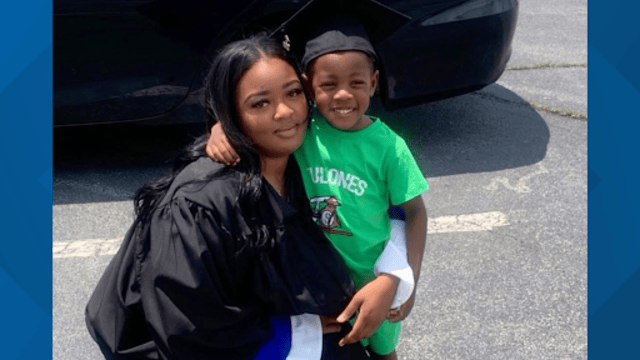
NASA released a photo showing Boeing Crew Flight Test astronauts Suni Williams and Butch Wilmore posing with Expedition 71 Flight Engineers Mike Barratt and Tracy Dyson in their spacesuits inside the International Space Station's Quest airlock on June 24, 2024.
Two NASA astronauts will extend their stay aboard the International Space Station while engineers tackle issues with Boeing's new Starliner capsule encountered during its journey. The decision comes after delays in their return due to propulsion system glitches and helium leaks, which surfaced shortly after their June 5 launch. Despite these setbacks, NASA ensures the astronauts' safety and continues troubleshooting before setting a definitive return date.
The veteran NASA test pilots, Butch Wilmore and Suni Williams, embarked on the Starliner's maiden crewed mission, marking a significant milestone for Boeing after years of challenges. The test flight aimed for a brief stay to evaluate the capsule while docked at the space station. However, complications with the propulsion system prompted multiple delays in their scheduled return, as NASA and Boeing investigated the issues thoroughly.
One of the key concerns was to avoid conflicts with planned spacewalks by station astronauts, but a recent cancellation due to a spacesuit malfunction added to the mission's challenges. Despite encountering thruster failures during docking and subsequent helium leaks during flight, Boeing assured that these issues wouldn't affect the safe return of the astronauts.
Given the complexity of troubleshooting in space, NASA and Boeing decided to extend the astronauts' stay to gather more data on the thruster problems and leaks. These systems are crucial as they are part of the service module that supports the capsule during its mission and burns up during reentry.
Originally, NASA anticipated a maximum stay of 45 days for the Starliner due to battery constraints. However, ongoing in-flight tests have shown potential for extended mission durations, offering flexibility in resolving technical issues on the ground. Engineers are conducting detailed tests on the capsule's thrusters in New Mexico, aiming to replicate conditions encountered during the docking incident.
Steve Stich, NASA's commercial crew program manager, emphasized that Wilmore and Williams are not stranded in space and assured that the Starliner is designed for missions lasting up to 210 days, providing ample flexibility for emergency scenarios at the space station.
Since the retirement of the space shuttle fleet, NASA has partnered with private companies like Boeing and Elon Musk's SpaceX to ferry astronauts to and from the International Space Station. SpaceX has conducted nine successful missions for NASA since 2020, with NASA planning to alternate between SpaceX and Boeing for crewed missions in the future.















